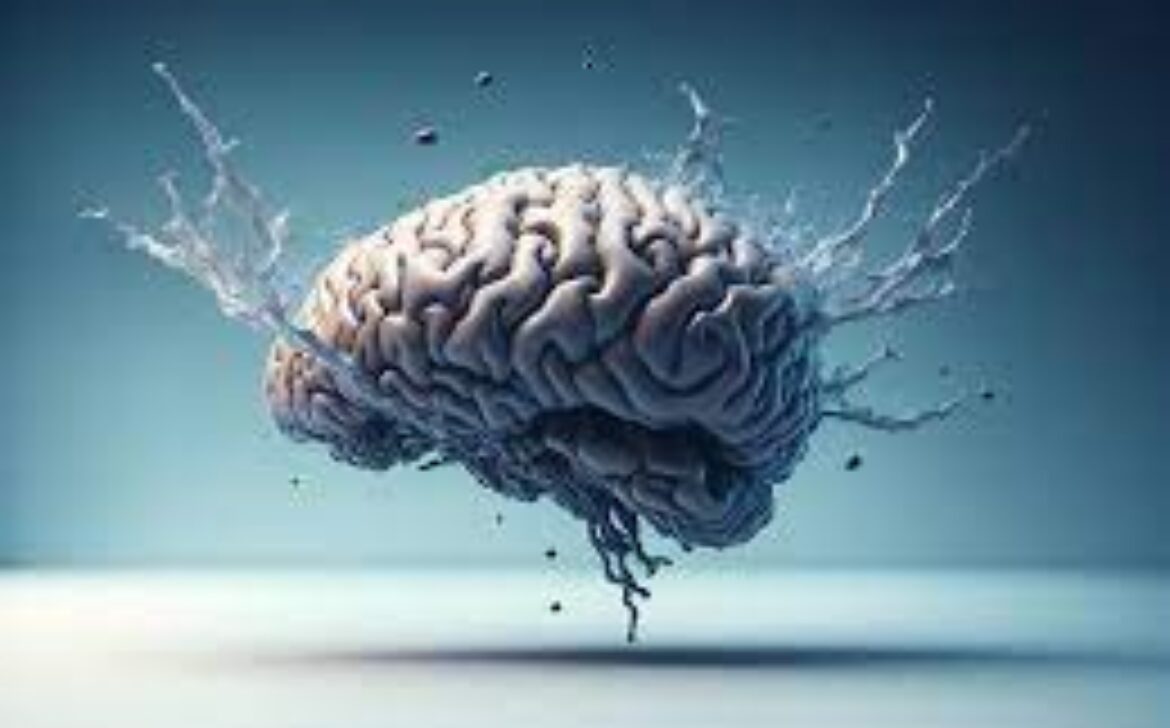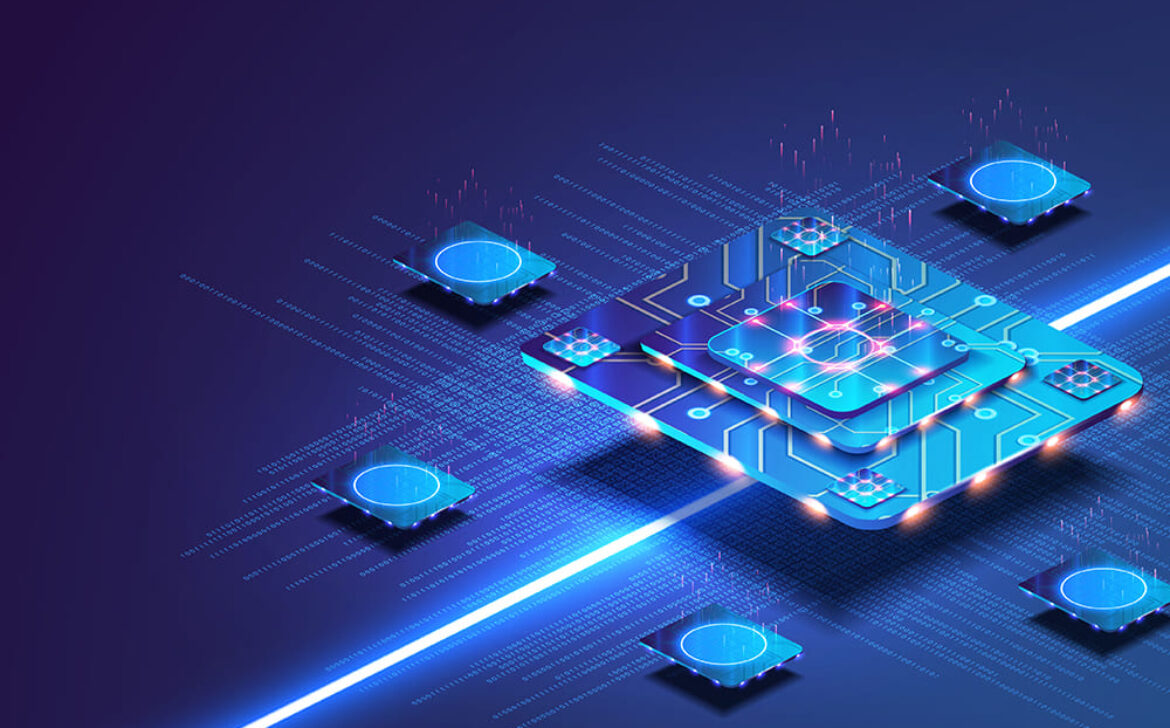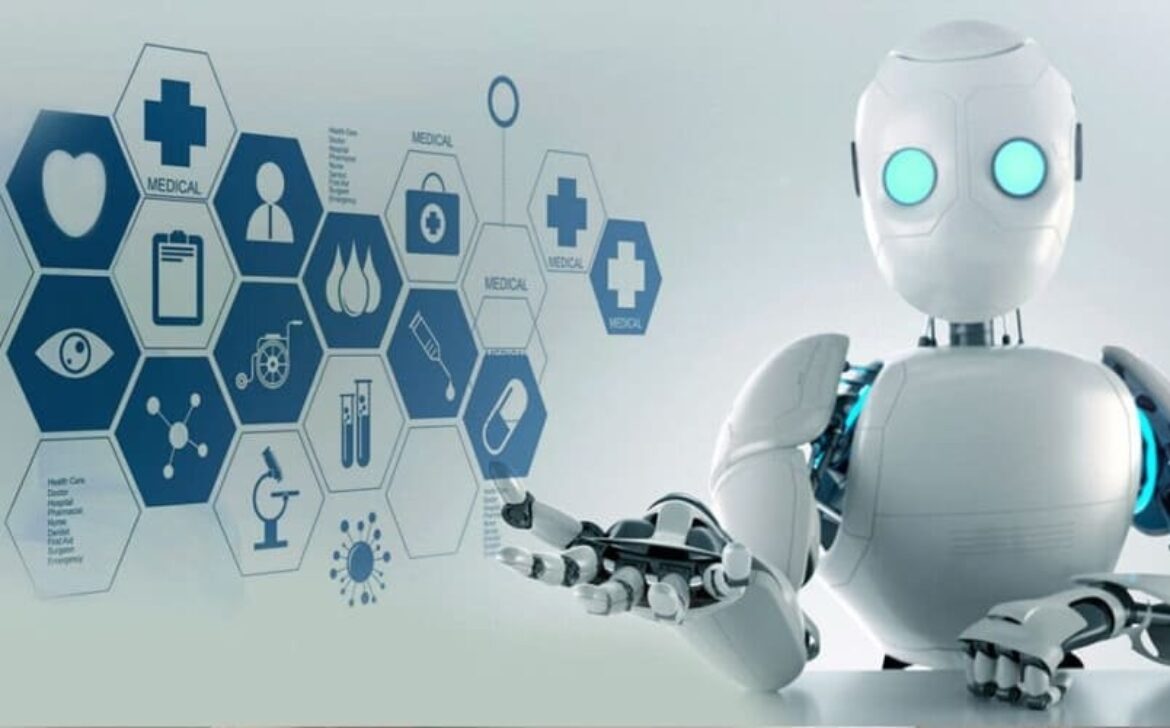The Magic Behind Recommender Systems: Personalizing Your Digital Experience
In today’s digital age, information overload is a common challenge. With an abundance of content, products, and services available, finding what suits our individual preferences can be daunting. Enter Recommender Systems—sophisticated algorithms designed to tailor recommendations to our unique tastes and needs. Let’s explore the core concepts and methodologies that make Recommender Systems an integral part of our digital landscape.
Understanding Recommender Systems
Recommender Systems, often referred to as recommendation engines, are software applications that provide personalized suggestions to users. They leverage data about users’ preferences, behaviors, and interactions to predict and recommend items of interest.
Collaborative Filtering: The Power of Crowds
Collaborative Filtering is a fundamental approach in Recommender Systems. It relies on the idea that users who have similar preferences or behaviors in the past will likely have similar preferences in the future. By analyzing user interactions and feedback, collaborative filtering recommends items favored by users with similar tastes.
Content-Based Filtering: Tailoring to Your Interests
Content-Based Filtering, on the other hand, focuses on the attributes of items and users. It recommends items that are similar in content to what a user has previously liked or interacted with. This approach is particularly useful when there is limited user interaction data.
Hybrid Recommender Systems: The Best of Both Worlds
In practice, many Recommender Systems employ hybrid approaches that combine collaborative filtering and content-based filtering. This hybridization enhances recommendation accuracy by leveraging the strengths of both methods.
E-commerce, Streaming, and Beyond
Recommender Systems are ubiquitous and have transformed industries. In e-commerce, they help users discover products they may not have found otherwise. In the world of streaming services, they curate playlists and suggest movies and music based on individual preferences. They’re also used in news aggregators, social networks, and even job recommendation platforms.
Challenges and Ethical Considerations
While Recommender Systems have undeniably improved user experiences, they also face challenges. Issues such as the “filter bubble,” where users are exposed to content that aligns with their existing views, and concerns about privacy and data usage require careful consideration.
The Future of Personalization
As technology advances, so do Recommender Systems. Machine learning and deep learning techniques are powering more advanced recommendation algorithms. Personalization is evolving from static recommendations to real-time, context-aware suggestions, enhancing user engagement and satisfaction.










